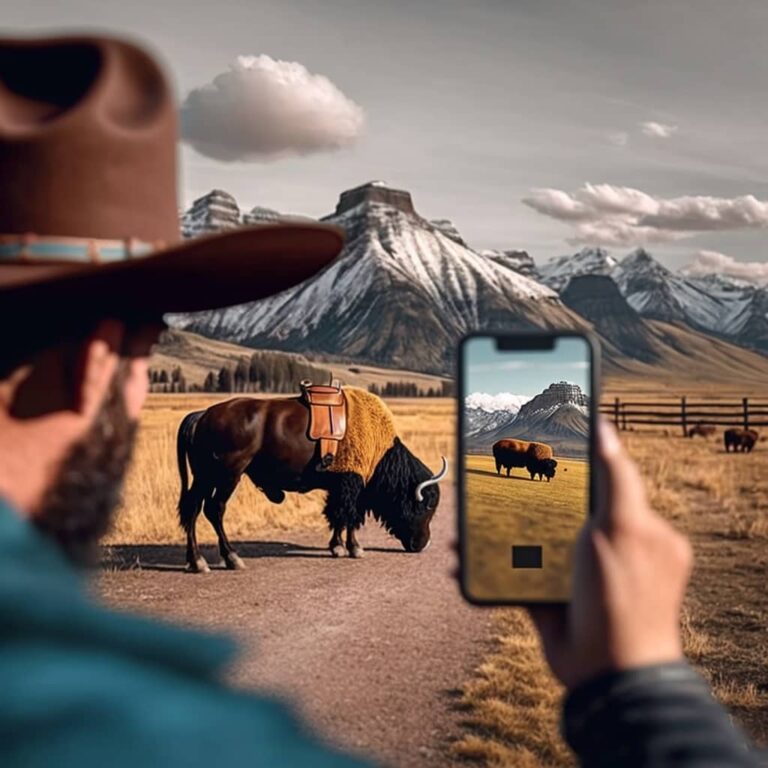Legalization of medical and recreational cannabis in Canada has created a huge opportunity for cannabis growers and retailers in North America to seek investors and partners for capital funding and expansion. It’s also given them the green light to tap into a broad customer base that includes those of all ages looking for health and wellness products.
Opportunity knocks! But the challenge is how to reach those customers (and lure investors) when there are so many limitations on advertising and the content you publish online, including restrictions on the images you use.
How can cannabis brands still showcase their personality while adhering to the rules? First, get to know the parameters.
Cannabis Marketing: Know the Rules
Federal regulators in Canada came out with a hard line on marketing with legalization last October. Companies can’t promote people or events, use celebrity endorsements, or show “glamour, recreation, risk, excitement or daring behaviours.” They also can’t show the marijuana plant itself, and product packaging has to be utilitarian and subdued.
Advertising is allowed to provide “factual, accurate information about cannabis products,” including levels of THC and CBD, along with information that “allows consumers to tell the difference between brands. It gets tricky, though, because companies can promote cannabis-infused edibles and products that are drug-free.
Companies can work within the restrictions by selling swag like T-shirts and tote bags, hosting concerts, events, and gallery shows. Cannabis and Coffee in Toronto has hosted “puff and paint” parties on its rooftop patio.
There are also no Google AdWords or Facebook advertising programs available, so mainstream advertising is largely not an option.
The real focus for success? Email and content marketing, social media, and alternative online advertising platforms are now the most effective ways to engage audiences and build your cannabis brand.
Focus on Your Company Culture Rather Than Your Products
When you can’t show images of your product, or people experiencing your product, you need to shift your focus to telling your company’s story and your employees. People don’t want to be “sold” things, but they want real, authentic experiences and stories that they can identify with. In the humdrum of the day-to-day, people instinctively look for narratives that make them happy or move them in some way.
So, essentially, you want to put out compelling content about your company with little mention of cannabis.
Talk about your origin story, your traditions, and your purpose. A video or article from the CEO or owner of the company discussing the values of your brand makes a human connection and generates interest.
Interviews with employees work, too, focusing on why they’re passionate about their work, and why they’re proud to work for your company. This draws attention to your brand and illustrates in a fun, personable way, what you stand for.
Keep in mind that video is next-generation marketing because of the exponential growth of digital innovation. Analysts suggest that as early as 2020, 30% of web browsing sessions will be done without a screen. Digital marketing content needs to be voice-ready so that it can be searched in speech as well as text.https://www.linkedin.com/embeds/publishingEmbed.html?articleId=8169157523068758877
Curate Great Content on Alternate Platforms
And while you need to be careful about posting to Facebook and Twitter, for example, another option is LinkedIn, which has a large community of cannabis companies on its platform. LinkedIn is a credible network of professionals and companies where you can post blog content, connect and create dialogue with prospective customers and investors, and get eyeballs on your brand.
There are also many cannabis-centric platforms that connect cannabis companies to pro-cannabis websites, and there are cannabis-focused social media networks to consider. Here’s a sampling:
Leafly bills itself as the “largest cannabis information resource.” It provides a platform for users to rate and review cannabis strains and dispensaries.
WeedLife is a social network for cannabis users that allows you to sign in with existing social media accounts on Facebook, Twitter, or LinkedIn.
Weedmaps is the Yelp of cannabis, for consumers to browse products, connect with other users, find cannabis companies and leave reviews of these businesses.
Mantis is an advertising platform with publishing partners that caters to niche audiences that are interested in yoga, wellness, and, yes, cannabis.
Adistry is an advertising platform that works with numerous advertising companies. It caters to businesses in specialized industries, including cannabis.
Enlist the Help of Social Influencers
Audiences are turning to prevalent influencers on social media for content, consumer advice, and entertainment. This new class of celebrity offers brands a large following and constant updates across platforms, usually around a specific interest. So brands can reach specific target demographics with tailored messages, without the hard and fast restrictions of cannabis companies doing it themselves.
Followers of social influencer are looking for authenticity, so these influencers don’t recite your brand message. They talk about your brand in their own way with their own voice – which has the power to connect a large cannabis-user or cannabis-curious audience to your brand.
People are more likely to listen and respond to people they trust. About 70% of teenagers on YouTube say that they relate to YouTubers more than they do mainstream traditional celebrities. And 40% of millennials say that their favorite influencer understands them better than their closest friends do.
The takeaway here is to start creating quality content and make sure it’s heard by exploring the channels that are out there. Round out your digital marketing with social media influencers, then track the results of your efforts and continue to tweak them to establish your presence in the cannabis space.






